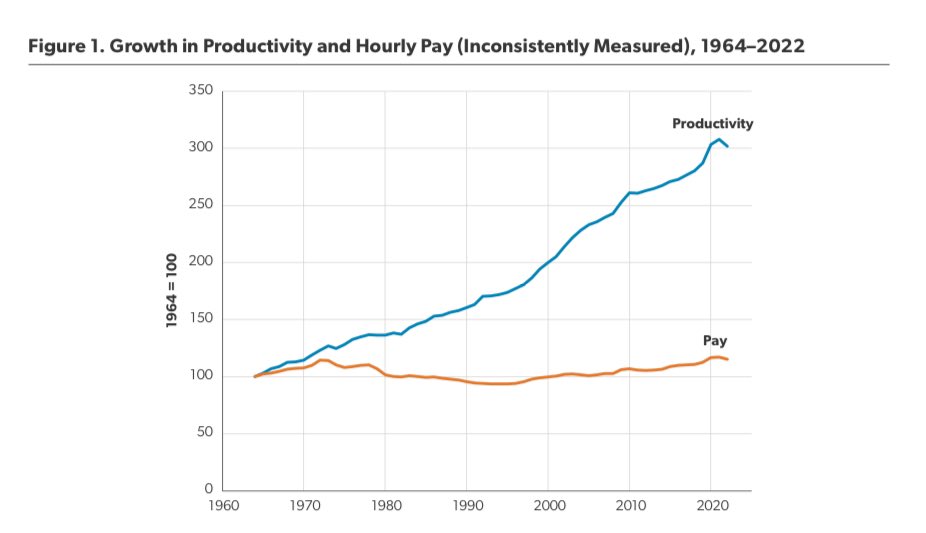Revisiting a tweet I botched a couple of days ago...Looks to me like Acemoglu, Autor, et al. argue that trade with China can explain at most something like 20% of the drop in manufacturing employment from 1999 to 2011. google.com/url?sa=t&sourc… /1
Not to minimize the impact on these workers. The point is that 80% of the drop would've happened anyway. Great industrial dreamers and national conservatives of the world, you are not going to get manufacturing jobs back. /2
In part, because busy 2-earner families demand cheap services. In part because they demand cheap goods, and technology makes goods ever cheaper. /3
Also, median hourly pay for men and women, annual earnings, and household incomes are at all-time highs. Poverty is at an all-time low. Unemployment is at 50-year low. So we have that going for us.
• • •
Missing some Tweet in this thread? You can try to
force a refresh











